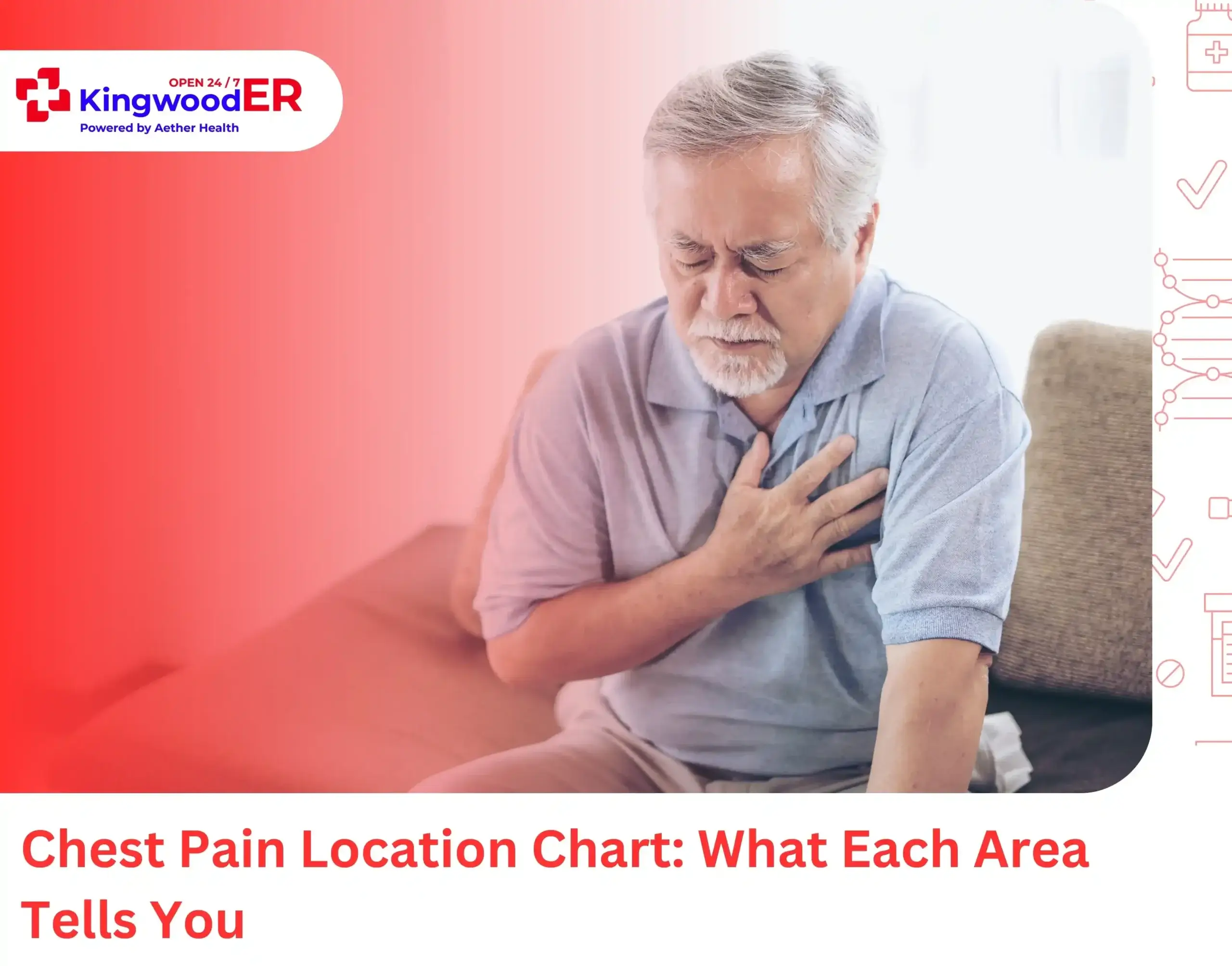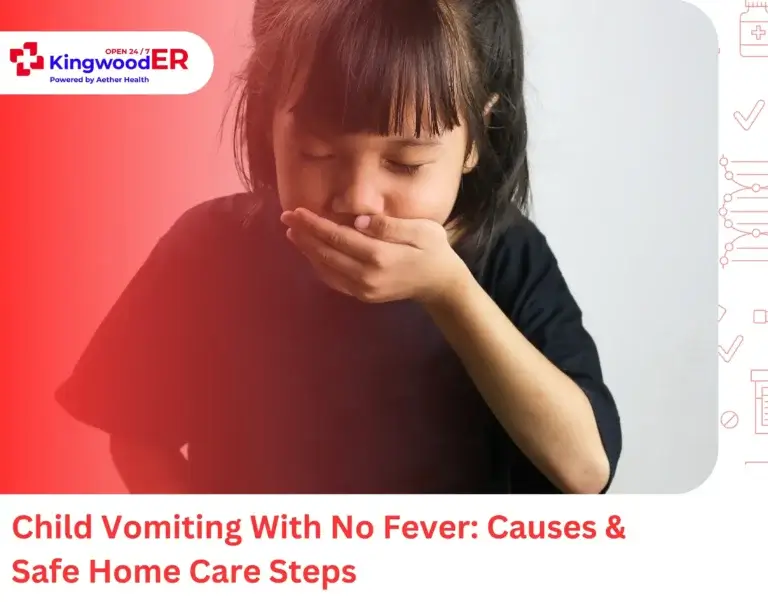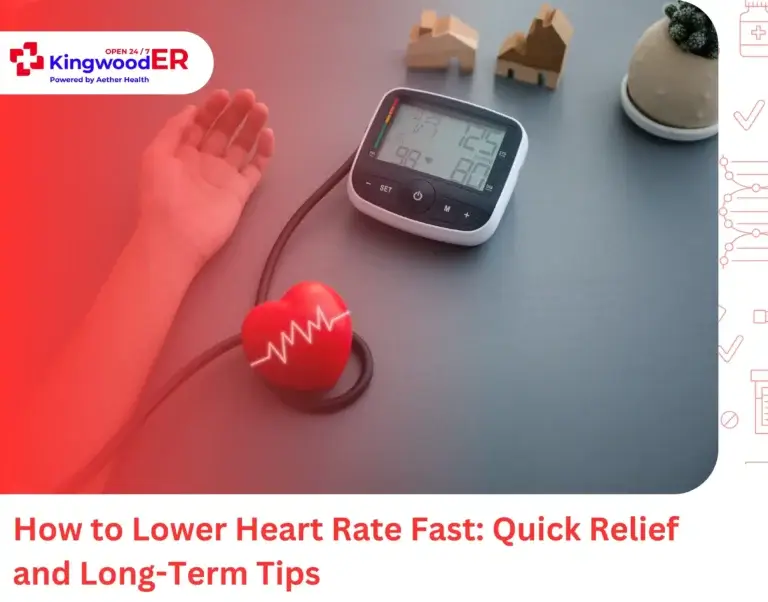Chest pain is one of the most worrying symptoms people experience, and with good reason. While many causes are harmless, like muscle strain or acid reflux, chest pain can also be a warning sign of life threatening conditions such as heart attack, aortic dissection, or pulmonary embolism.
A chest pain location chart provides a useful guide to help you understand what pain in different parts of the chest or upper body might mean. However, it is not a substitute for medical care. If your chest pain is sudden, severe, or unexplained, always seek emergency medical attention.
Chest Pain Location Chart
To help visualize where pain occurs and what it may signal, refer to the chart below:

This chart shows common areas of chest and referred pain, including the chest itself, shoulders, arms, back, and abdomen, along with potential underlying conditions.
Common Chest Pain Locations and What They May Indicate
1. Center of the Chest
- Possible causes: Acute coronary syndrome (heart attack, unstable angina), aortic dissection, pulmonary embolism, pneumonia, acid reflux, or costochondritis.
- Warning signs: Crushing pressure, squeezing, or heaviness that radiates to the arm, jaw, or back. May be accompanied by nausea, sweating, or dizziness.
- What to do: Treat center of chest pain as an emergency. Call 911 immediately if pain is severe, persistent, or linked with shortness of breath.
2. Left Side of the Chest
- Possible causes: Heart disease, pericarditis (inflammation of the heart lining), pneumonia, lung infections, or musculoskeletal strain.
- Warning signs: Pain that worsens with exertion or breathing deeply. Angina is particularly common here.
- What to do: Seek urgent care, especially if you have risk factors like high blood pressure, diabetes, or smoking history.
3. Right Side of the Chest
- Possible causes: Gallbladder problems, liver disease, pulmonary embolism, muscle strain, anxiety, or thoracic outlet syndrome.
- Warning signs: Pain after eating fatty meals (gallbladder related) or reproducible pain with movement (muscle related).
- What to do: While less likely to be heart related, right sided chest pain should still be evaluated by a healthcare provider.
4. Upper Chest (Front)
- Possible causes: Respiratory infections, bronchitis, asthma flare ups, spontaneous pneumothorax (collapsed lung), or anxiety.
- Warning signs: Pain accompanied by cough, wheezing, or shortness of breath.
- What to do: If breathing is impaired, seek emergency care; otherwise, consult your doctor for evaluation.
5. Lower Chest and Upper Abdomen
- Possible causes: Acid reflux (GERD), stomach ulcers, hiatal hernia, or perforated abdominal organs.
- Warning signs: Burning pain after meals, pain that worsens when lying down, or sharp pain linked to digestive issues.
- What to do: Mild reflux may improve with antacids, but persistent or severe pain requires medical attention.
6. Left Shoulder and Arm
- Possible causes: Classic sign of acute coronary syndrome (heart attack or unstable angina). Pain may radiate down the left arm, especially in men.
- Warning signs: Pain with exertion, pressure in the chest, dizziness, or sweating.
- What to do: Always treat pain in the left shoulder and arm as a potential emergency — call for immediate medical help.
7. Right Shoulder
- Possible causes: Diaphragmatic inflammation, gallbladder disease, thoracic outlet syndrome, or musculoskeletal issues like bursitis.
- Warning signs: Pain worsens with movement or after meals (digestive causes).
- What to do: If linked to digestive symptoms or trauma, consult a doctor; if sudden and unexplained, rule out serious conditions.
8. Back (Between the Shoulder Blades)
- Possible causes: Aortic dissection (tearing of the aorta), esophageal spasm, pericarditis, or referred pain from heart conditions.
- Warning signs: Sudden, tearing, or ripping pain radiating to the back is highly concerning.
- What to do: Treat as an emergency and seek immediate ER care.
When to Seek Emergency Care for Chest Pain
You should go to the emergency room or call 911 immediately if chest pain is:
- Severe, crushing, or pressure like
- Radiating to the jaw, back, shoulder, or arm
- Accompanied by nausea, sweating, or fainting
- Associated with difficulty breathing, dizziness, or rapid heartbeat
- Sudden and unexplained, especially in people over 40 with heart risk factors
Non Emergency Chest Pain Causes
Not all chest pain points to a heart attack. Some less serious causes include:
- Costochondritis: Inflammation of rib cartilage, often tender to touch
- Muscle strain: Pain worsens with movement or deep breathing
- GERD/acid reflux: Burning pain after meals or when lying down
- Anxiety/panic attacks: Chest tightness, rapid heartbeat, and shortness of breath without heart disease
These causes may be managed with medication, lifestyle changes, or physical therapy after proper diagnosis.
Final Thoughts
A chest pain location chart is a valuable tool for understanding how pain in different areas may relate to specific conditions — whether heart, lung, digestive, or musculoskeletal. While not every instance of chest pain is life threatening, it should always be taken seriously.
If you ever experience sudden, severe, or unexplained chest pain, seek medical attention right away. Acting quickly can be lifesaving.
Frequently Asked Questions (FAQs)
1. How do I know if chest pain is heart related?
Heart pain often feels like pressure or heaviness in the center or left chest and may radiate to the arm, jaw, or back, especially with exertion.
2. Can acid reflux cause chest pain that mimics a heart attack?
Yes. Acid reflux can cause burning pain that feels similar to heart pain, which is why evaluation is important.
3. Should I go to urgent care or the ER for chest pain?
If pain is severe, sudden, or accompanied by shortness of breath, always go to the ER. Urgent care is only suitable for mild, known causes.
4. Can anxiety cause real chest pain?
Yes. Panic attacks often cause chest tightness and discomfort, but distinguishing them from heart related pain requires medical assessment.
5. When should I see a doctor for mild chest pain?
If pain lingers for more than a few days, recurs often, or interferes with daily activities, schedule a doctor’s visit for evaluation.




